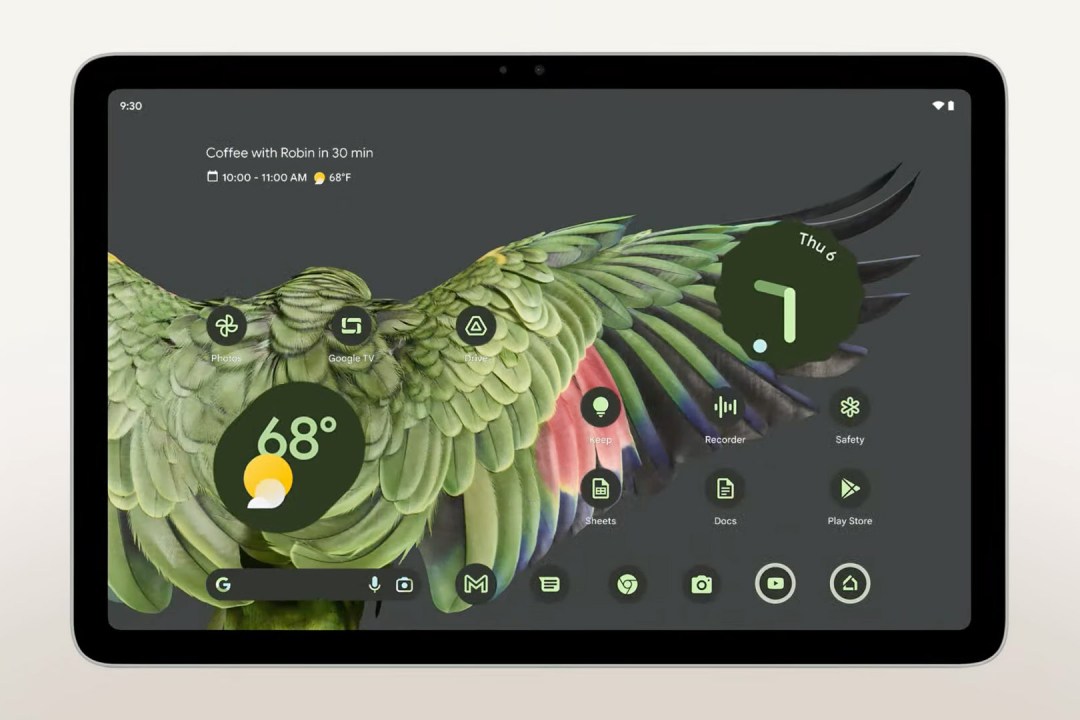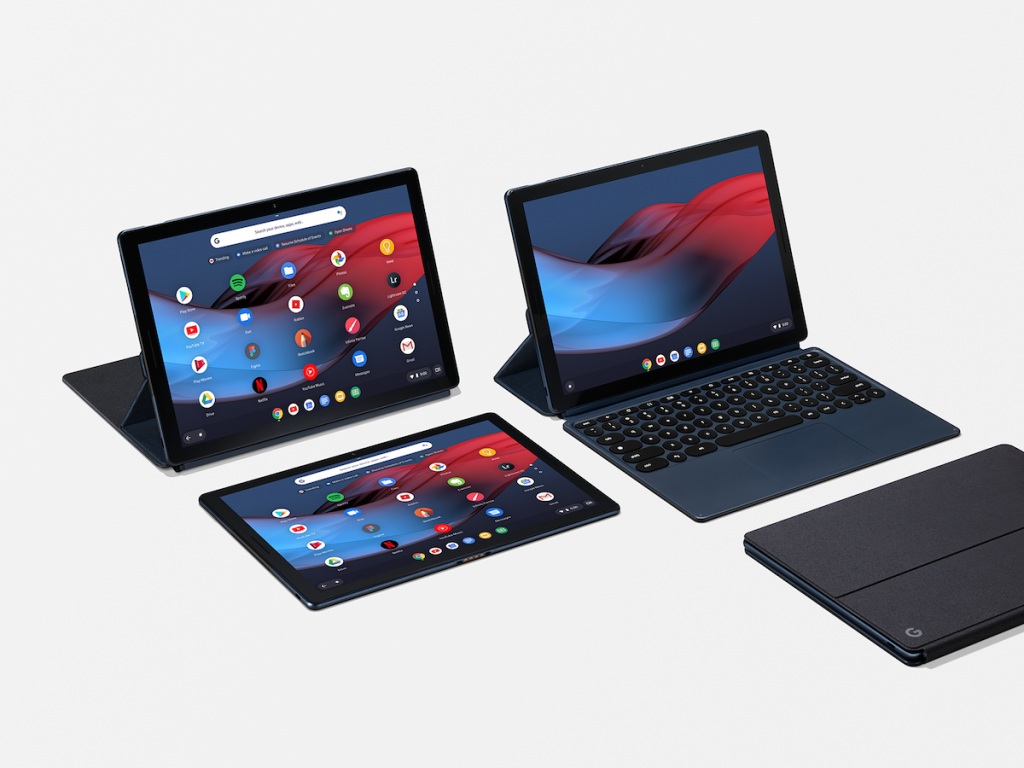Google Pixel Tablet visits Milan ahead of likely launch

A year after it was first teased, the Google Pixel Tablet is expected to finally be announced at next month’s Google I/O developer conference. In the meantime, the tablet made a surprise appearance at Milan Design Week.
Google first demoed the long-rumored Pixel Tablet at last year’s I/O event. Since then, few details have leaked about the device.
The new machine is expected to feature the Tensor G2 chip, already available in the Pixel 7 and Pixel 7 Pro. The tablet might also have Nest Hub functionality thanks to its robust charging dock. Another likely feature is a new nano-ceramic finish, which could make the tablet feel like porcelain. Other recent leaks suggest the tablet will launch in four colors. According to a tweet by leaker Kuba Wojciechowski, there will be only one type of Pixel Tablet. Therefore, don’t plan on seeing a regular and “pro” version.
Alongside the tablet at Google’s “Shaped by Water” exhibit in Italy were the Pixel Watch and Pixel 7, according to Pocket-Lint.
Pixel Tablet: cleaning the Slate

The previous Google tablet, the ill-fated Pixel Slate, debuted in 2018. Less than a year later, the company announced no plans to develop the product line further. By January 2021, the ChromeOS-based device was removed from the Google Store. Despite this, the company will continue to support the device with software updates until 2026.
Whether the Pixel Tablet finds success where the Pixel Slate did not remains to be seen. The Pixel Slate largely failed because of Google’s focus on ChromeOS at the time and the price of the machine. On at least one of these points, Google has apparently made a change. The new tablet will feature Android, not ChromeOS. However, according to Twitter leaker Roland Quandt, the entry-level 128GB Pixel tablet will cost around €600-650 in Europe. There’s no way to tell whether that price would include a Nest-supported docking station. Regardless, this price point is similar to what Google charged for the earlier tablet.
Google I/O 2023 kicks off on Wednesday, May 10 and it seems certain we’ll see the Pixel Tablet there, surely?